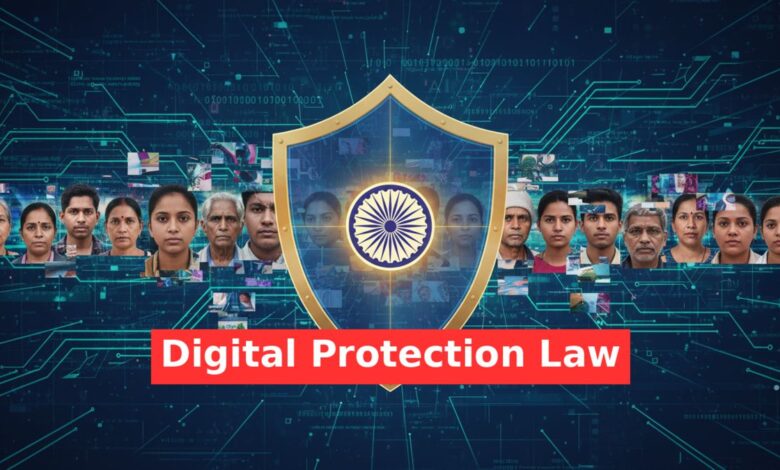New IT Rules: Strict Law Coming to Curb Deepfakes! Center Introduces New IT Rules, know the detailed regulations

New IT Rules: In India’s rapidly growing digital ecosystem, the proliferation of content created by Artificial Intelligence (AI), especially deepfakes, has increased significantly. Concerns over the misuse of this technology escalated after the controversial deepfake video of actress Rashmika Mandanna went viral. To tackle this issue, the central government is set to introduce major amendments to the Information Technology (IT) Rules, aiming to crack down on AI and deepfake videos.
Government’s New Move: Crackdown on Deepfakes
The Ministry of Electronics and Information Technology has released the draft ‘Information Technology (Intermediary Guidelines and Digital Media Ethics Code) Amendment Rules, 2025’. The primary objective of these new rules is to control synthetic and unlawful online content. According to the proposal, this law is likely to be enforced across the country from November 15th. The amendment is being made under Section 87 of the IT Act, 2000.
New Definition: ‘Synthetically Generated Information’
For the first time, the government has explicitly defined AI-generated content. According to the new rules, ‘Synthetically Generated Information’ refers to any information that is artificially or algorithmically created, generated, modified, or altered using a computer resource in a manner that appears reasonably authentic or true. This definition will cover everything from deepfakes and AI-edited images to AI voices and AI-generated text.
Strict Rules for Authenticity and Transparency
The government has proposed several key measures to ensure transparency in AI content:
Get Instant News Updates!
Join on Telegram- Audio Labelling: For any audio file created by AI, it must be announced within the first 10% of its playback time that it is AI-generated and not real.
- Video Labelling: In the case of AI-generated videos, a label covering approximately 10% of the screen’s surface area must clearly state that the video was generated by artificial intelligence.
- Metadata: It will be mandatory to mention the content’s origin, the tools used, and its modification history in the metadata to make it easily traceable.
Due Diligence for Intermediaries
Special obligations have been placed on social media platforms like Facebook and Instagram, as well as other hosting platforms.
- They must label and embed metadata in all AI-generated content.
- Users must be allowed to report content as synthetic or AI-generated.
- Upon receiving an order from the government or a court, they must remove unlawful synthetic content from their platform within 36 hours.
Government’s Objectives
The main goals behind introducing these new rules are:
- To combat misinformation, impersonation, and fraud.
- To ensure the traceability of content to its origin.
- To protect electoral integrity and public order.
- To strike a balance between innovation and responsibility.
Other countries like the European Union, China, and the United States are also introducing regulations for AI content. India is now joining this global trend. However, the success of these rules will depend on their practical implementation, technological feasibility, and the protection of free speech. If implemented correctly, India could set a global standard for AI regulation.

